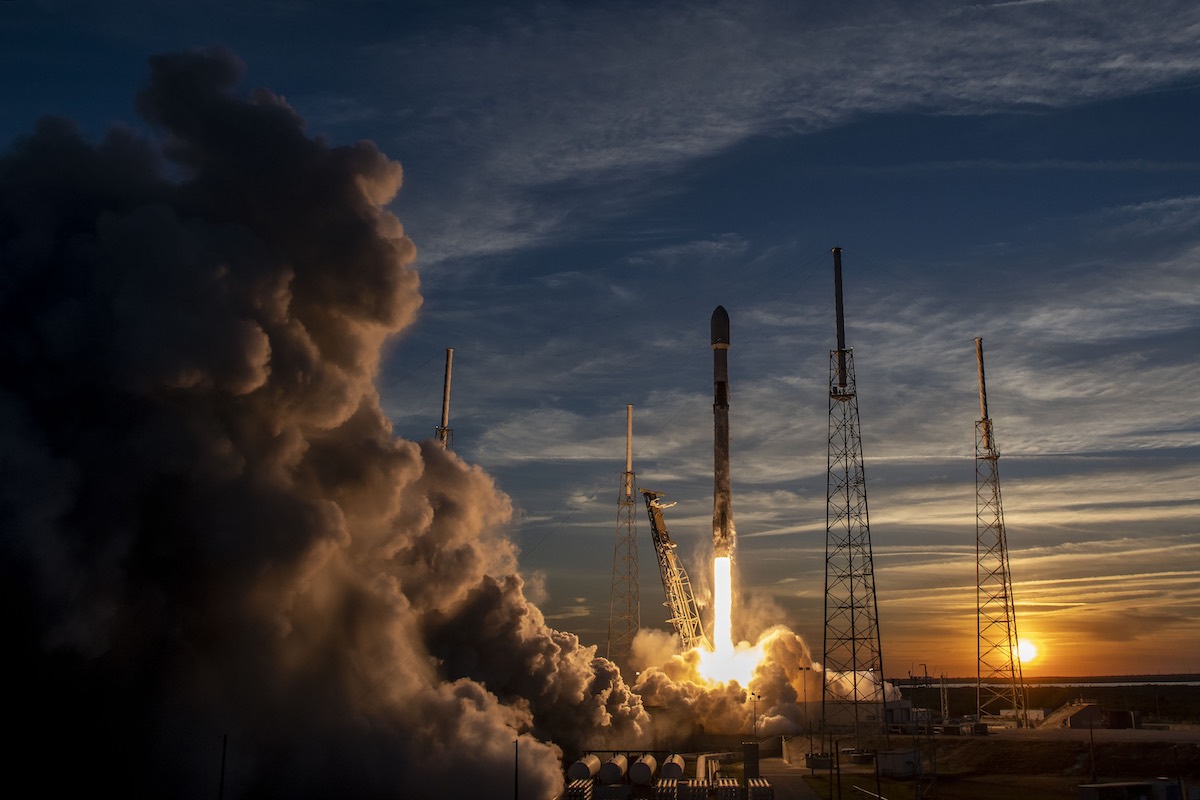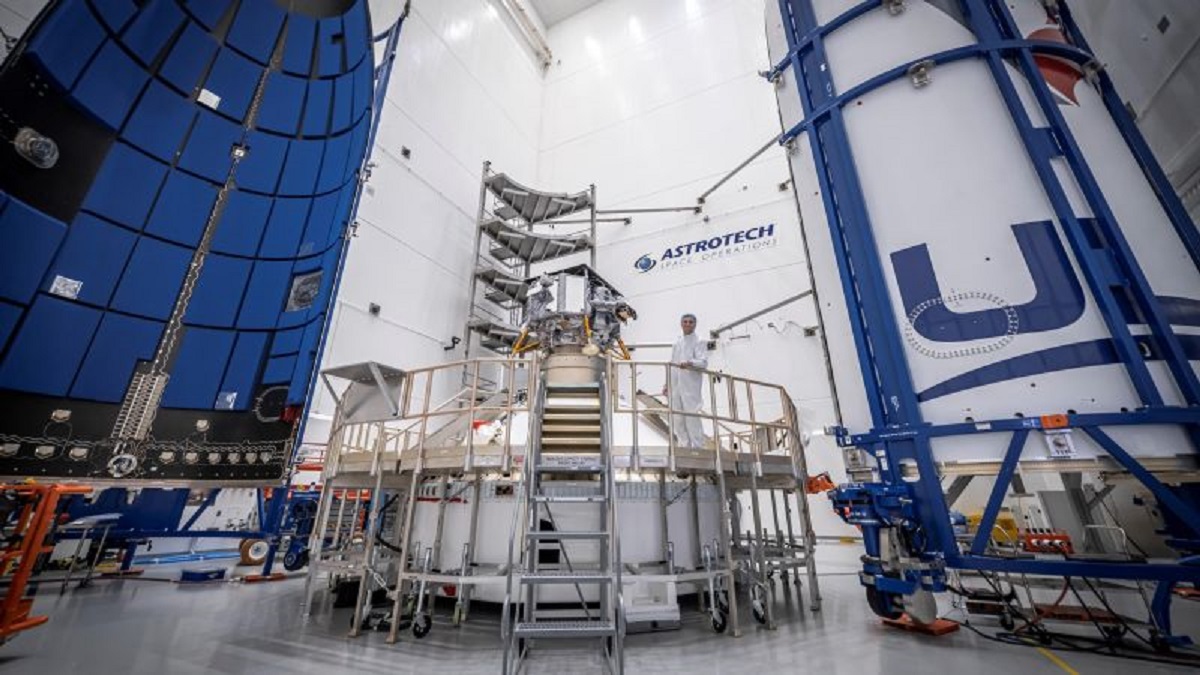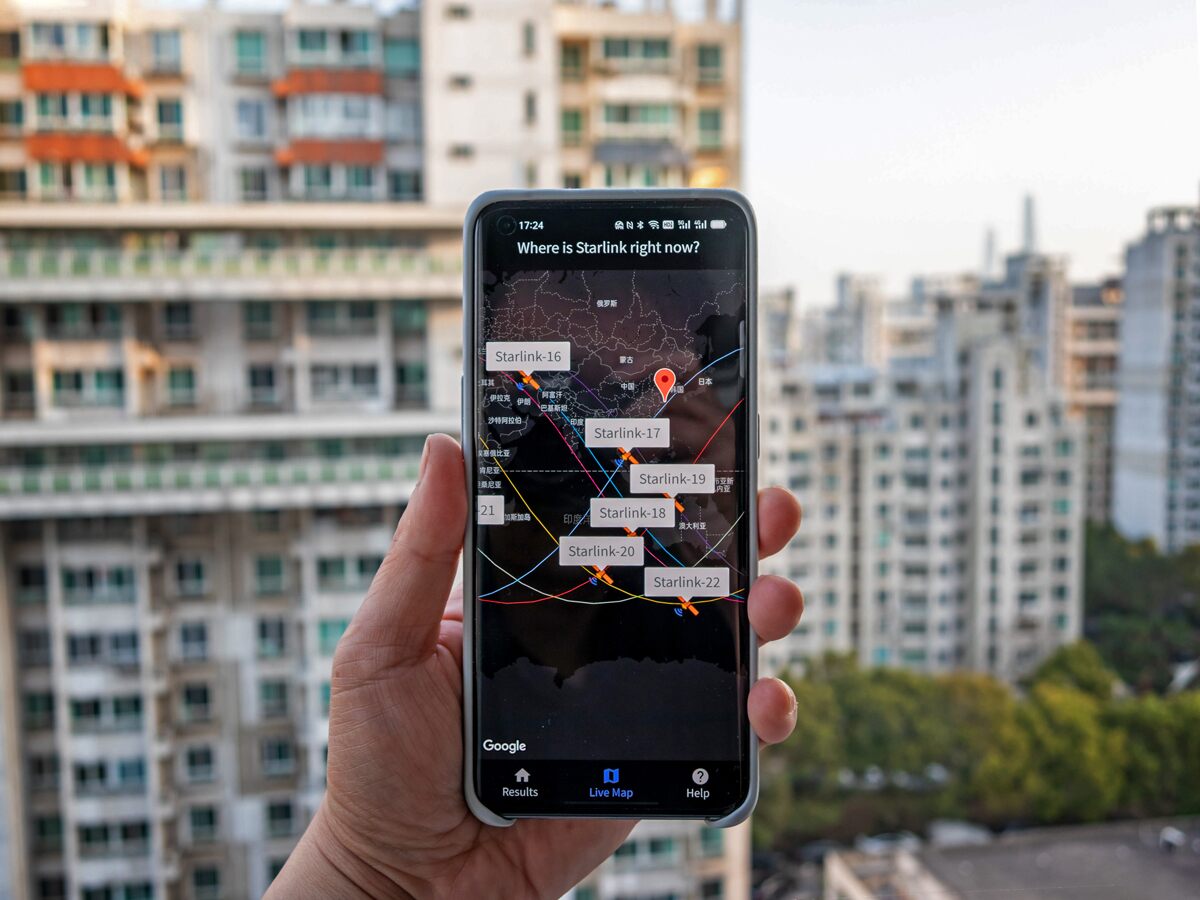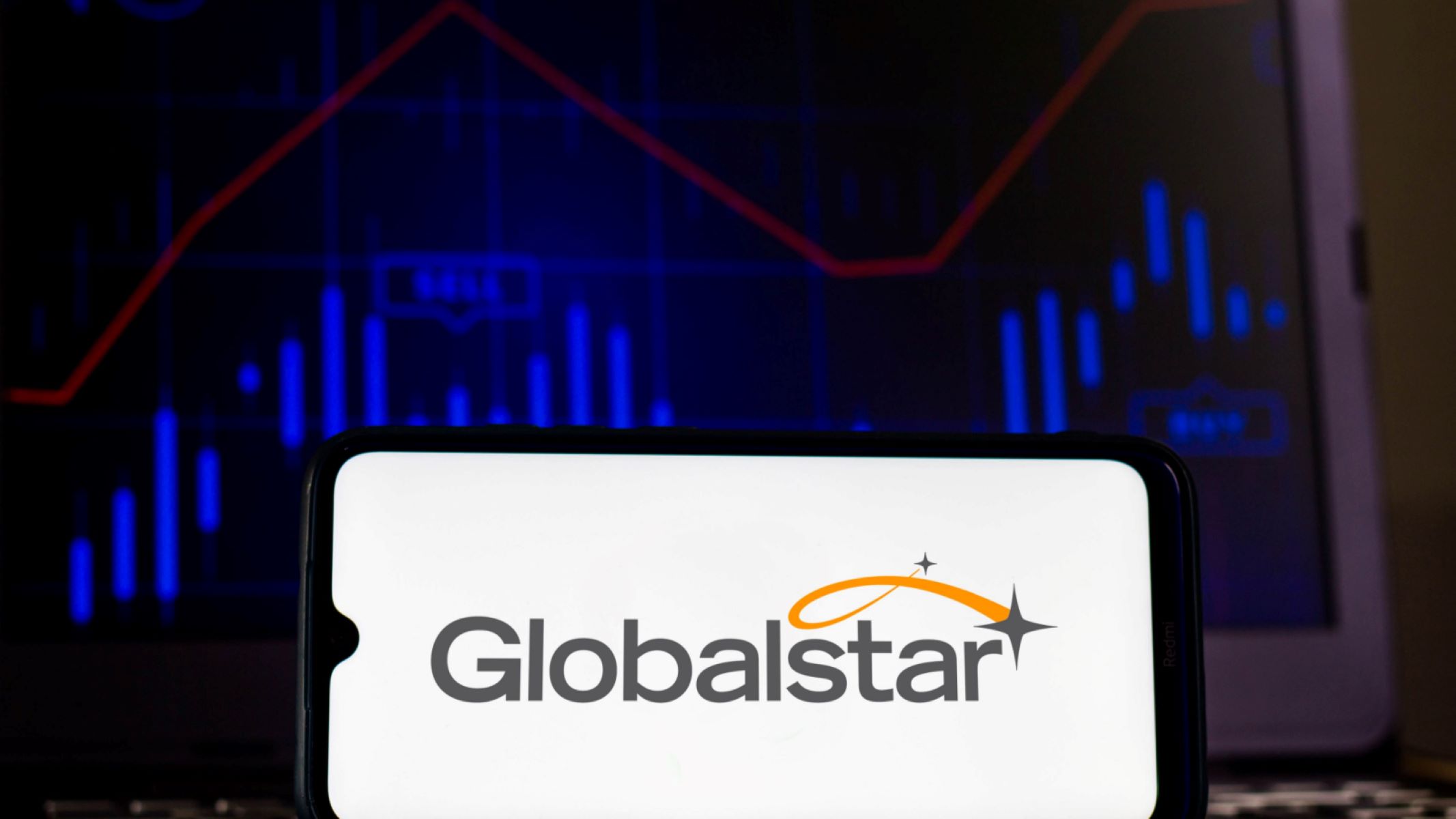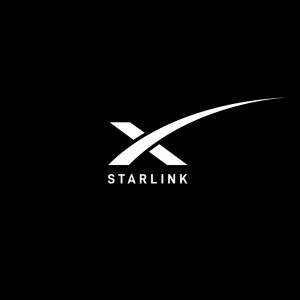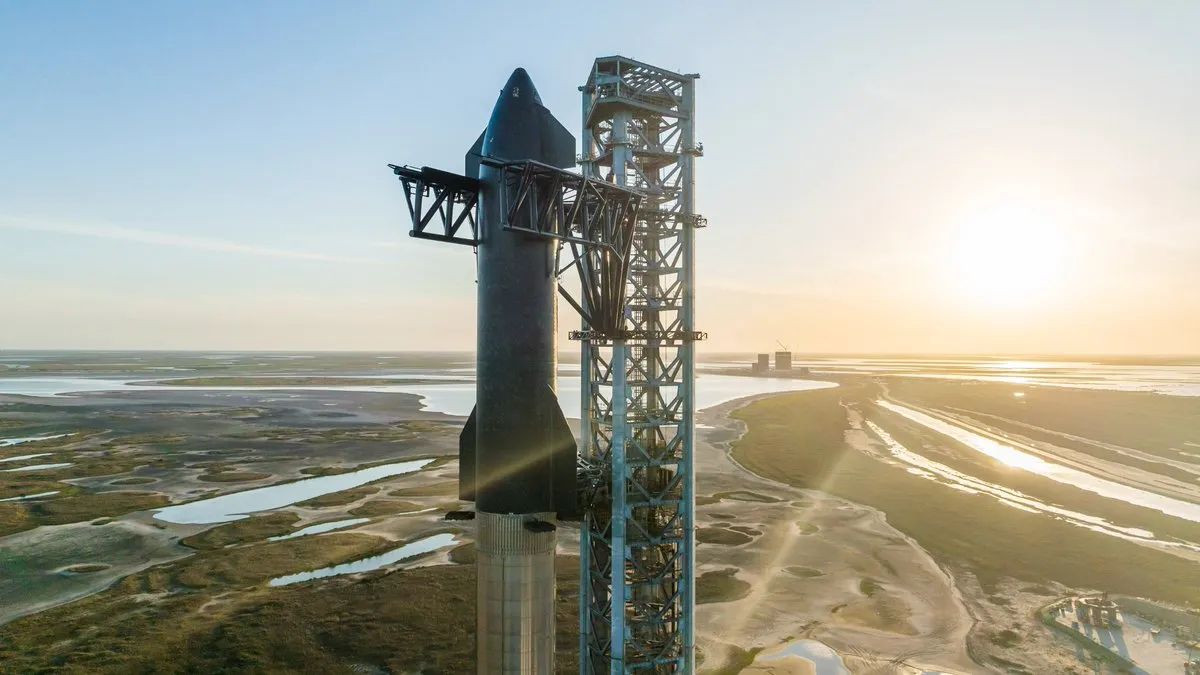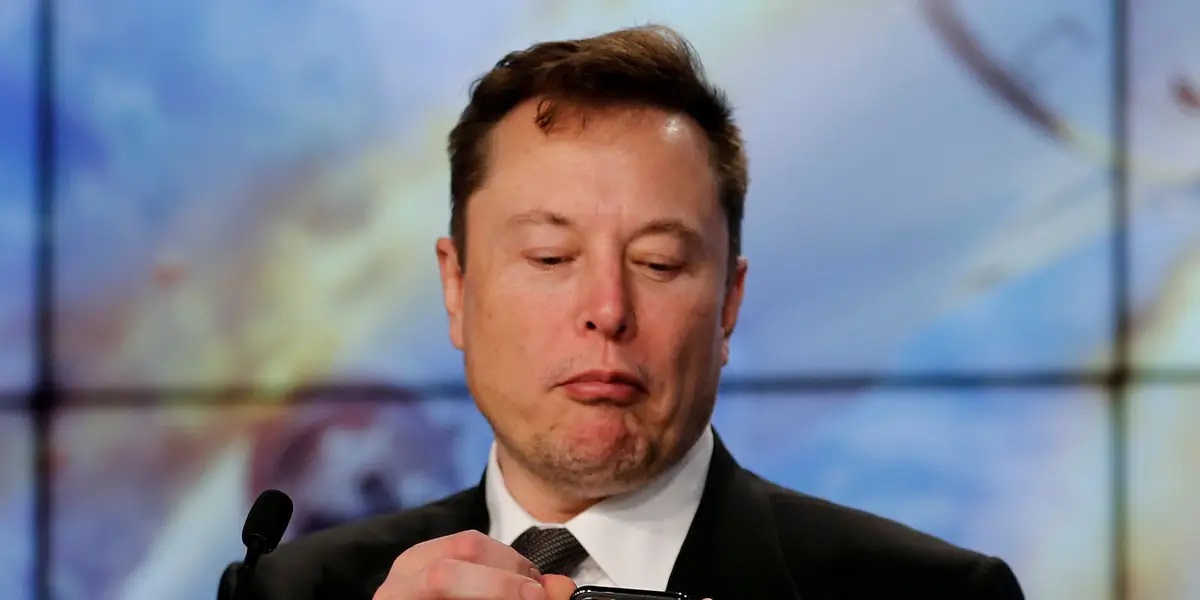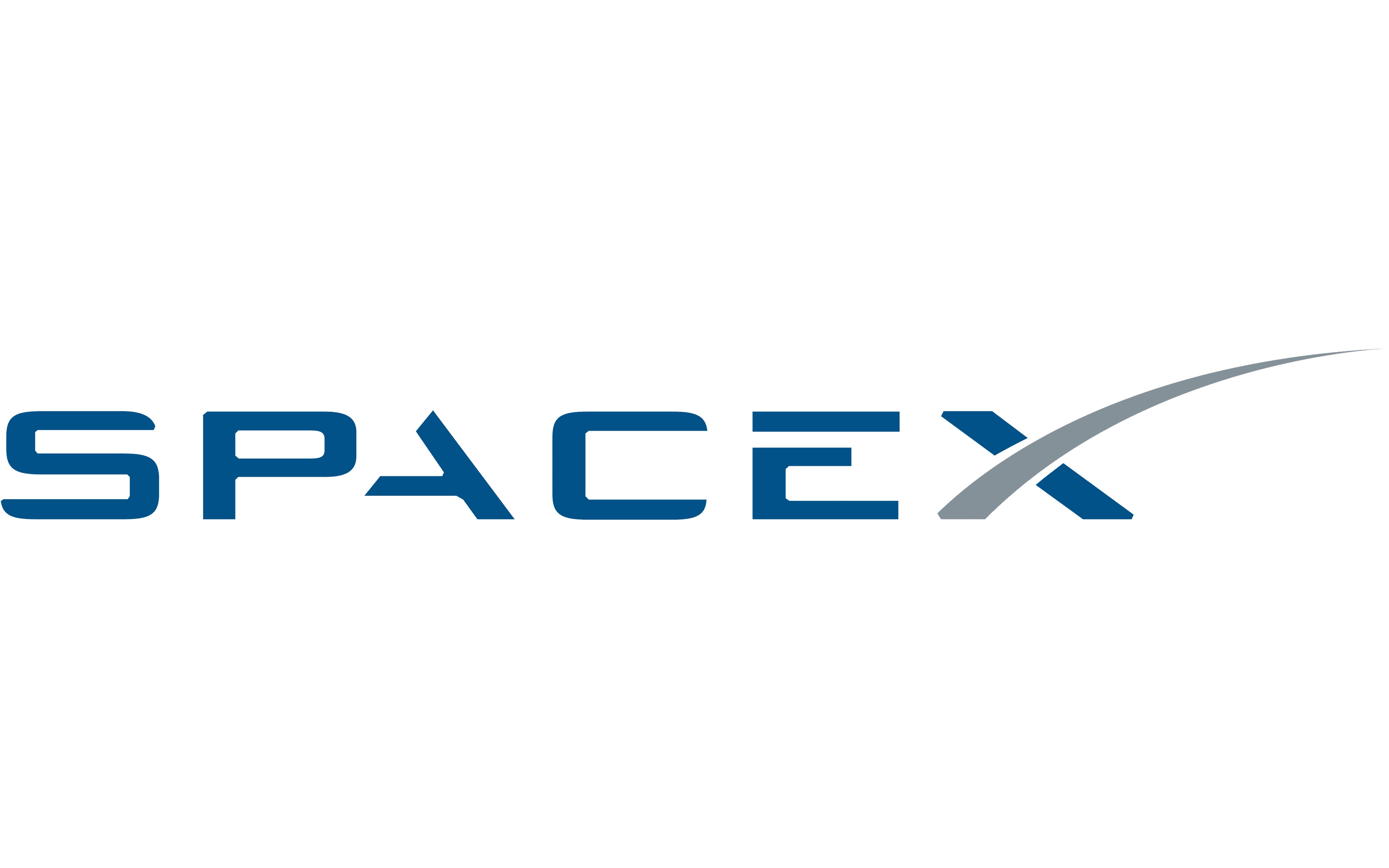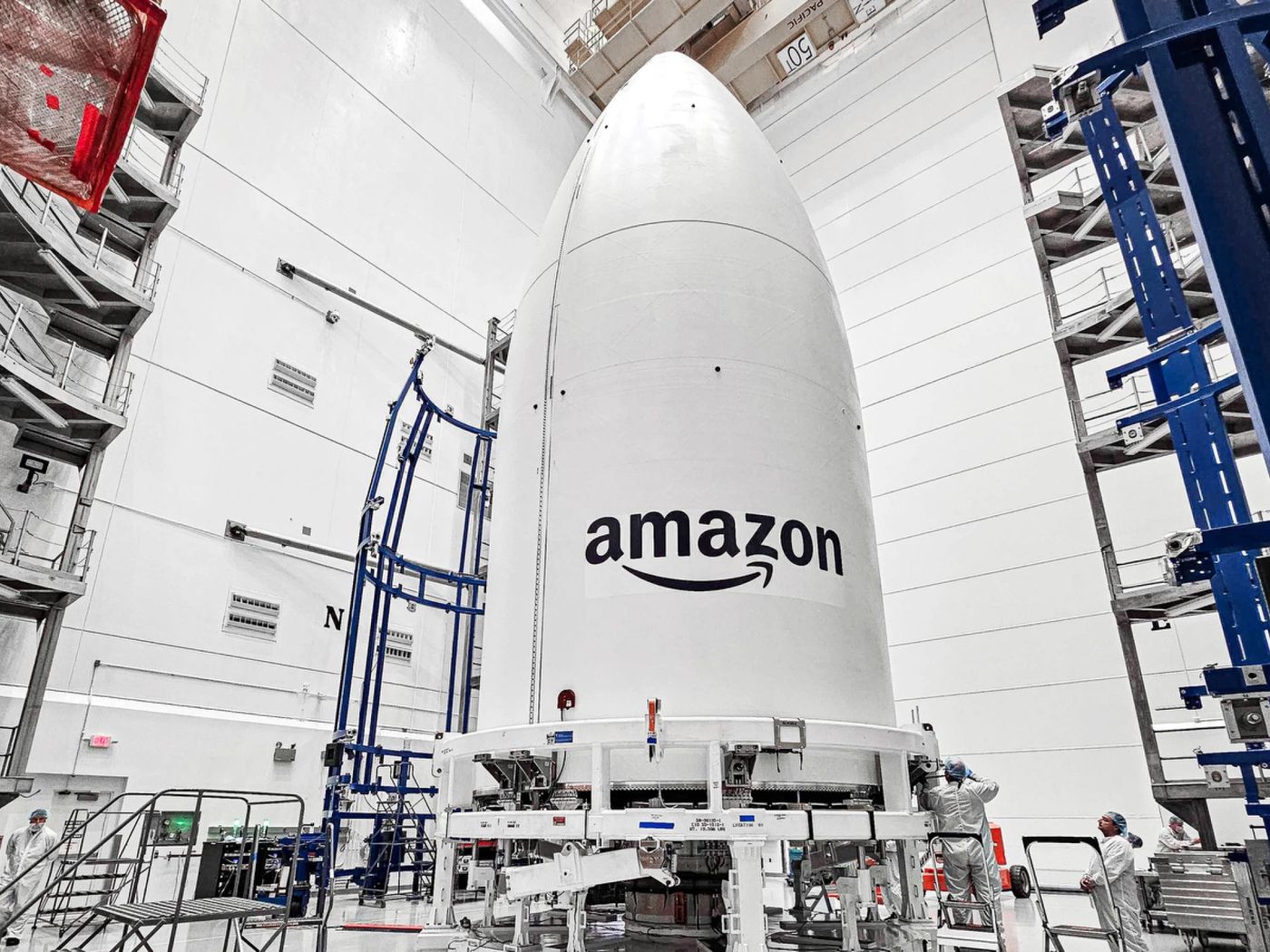SpaceX has successfully launched its first batch of Starlink satellites that are designed to connect directly to cell phones, marking a significant step forward in the company’s efforts to provide global internet coverage. The deployment of these satellites is part of SpaceX’s ambitious plan to establish a space-based internet network that can deliver high-speed connectivity to remote and underserved areas around the world.
Key Takeaway
SpaceX’s launch of Starlink satellites with direct-to-cell capabilities marks a significant advancement in the quest to provide global internet coverage. The testing and eventual deployment of this technology have the potential to bridge connectivity gaps in remote and underserved areas, although realistic limitations exist in comparison to existing terrestrial cellular networks.
Testing the Direct-to-Cell Capability
The recent launch involved six Starlink satellites equipped with the capability to connect directly to cell phones, along with 15 other satellites, aboard a Falcon 9 rocket. This development paves the way for planned testing later this year, as SpaceX aims to assess the performance and functionality of the direct-to-cell technology.
Regulatory Approval and Partnerships
SpaceX has obtained approval from the U.S. Federal Communications Commission to conduct tests using these satellites in collaboration with telecom giant T-Mobile. Additionally, the company has established partnerships with telecom providers in various countries, including Australia, Canada, and Japan, to further expand its global reach.
Future Services and Limitations
According to Starlink’s website, the testing phase will involve 840 satellites transmitting 4G connectivity to approximately 2,000 unmodified smartphones. These satellites are envisioned to function as “cell phone towers in space,” with the capability for texting expected to become available this year. Voice and data services are projected to commence in 2025, along with connectivity for Internet of Things (IoT) devices, pending regulatory approvals.
Competition in the Space-Based Connectivity Market
While SpaceX’s CEO, Elon Musk, has highlighted the potential for mobile phone connectivity anywhere on Earth, he also emphasized the current limitations of the technology. Despite these limitations, there is fierce competition in the space-based connectivity market, with companies like Lynk, Amazon’s Project Kuiper, and AST SpaceMobile vying for a share of the direct-to-cell market. Each of these players is working on advancing their respective satellite networks to provide enhanced global connectivity.







